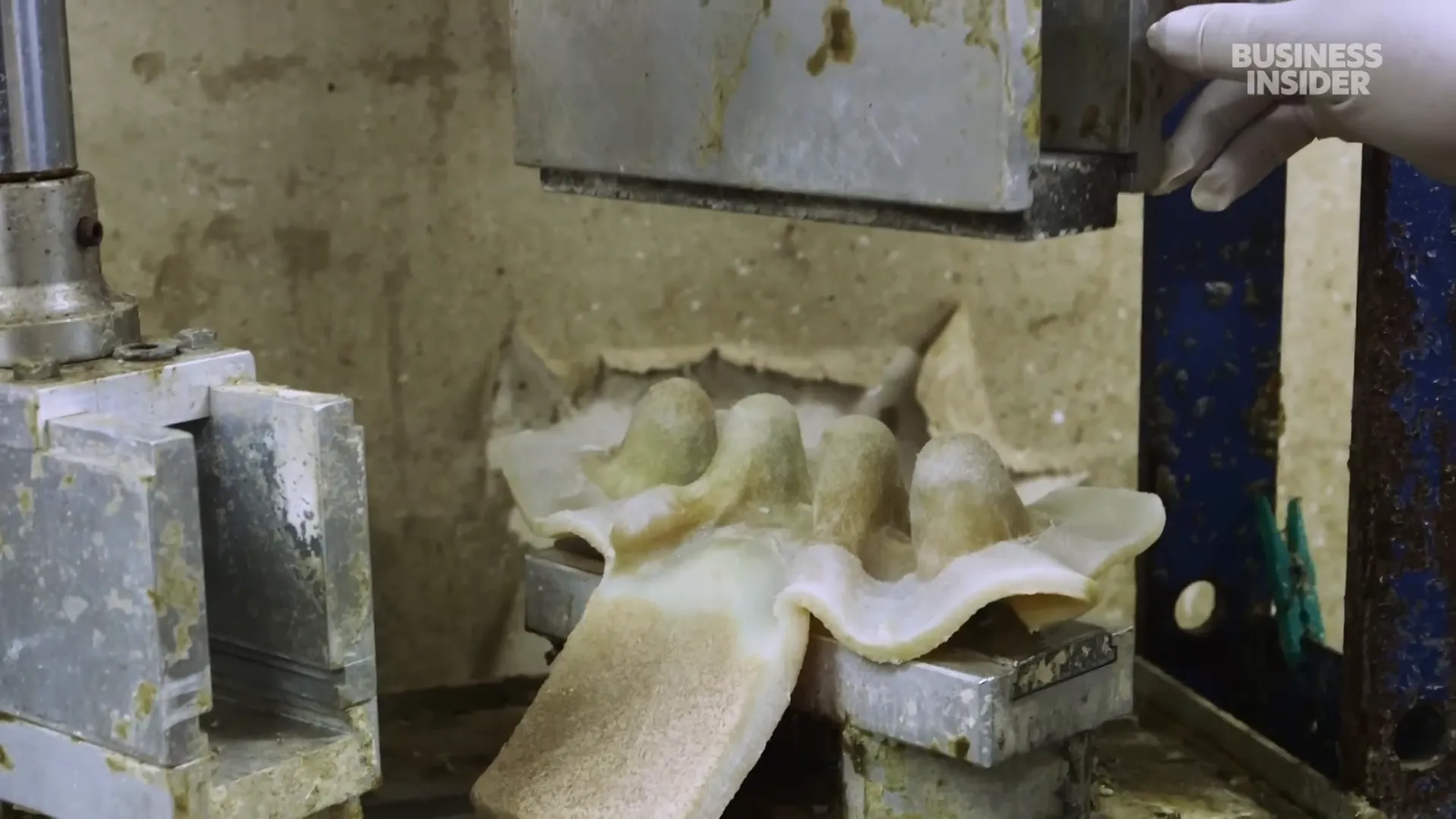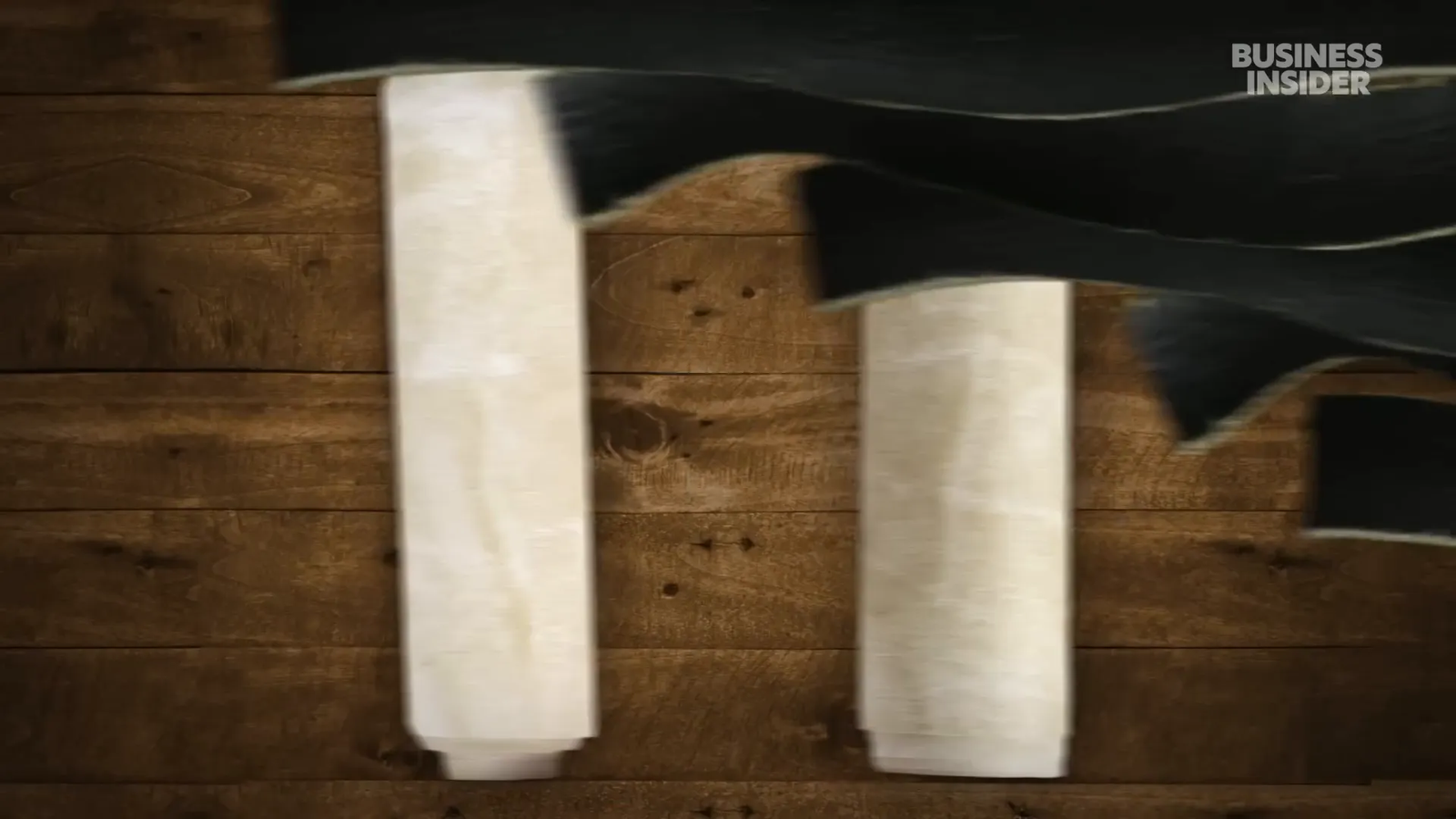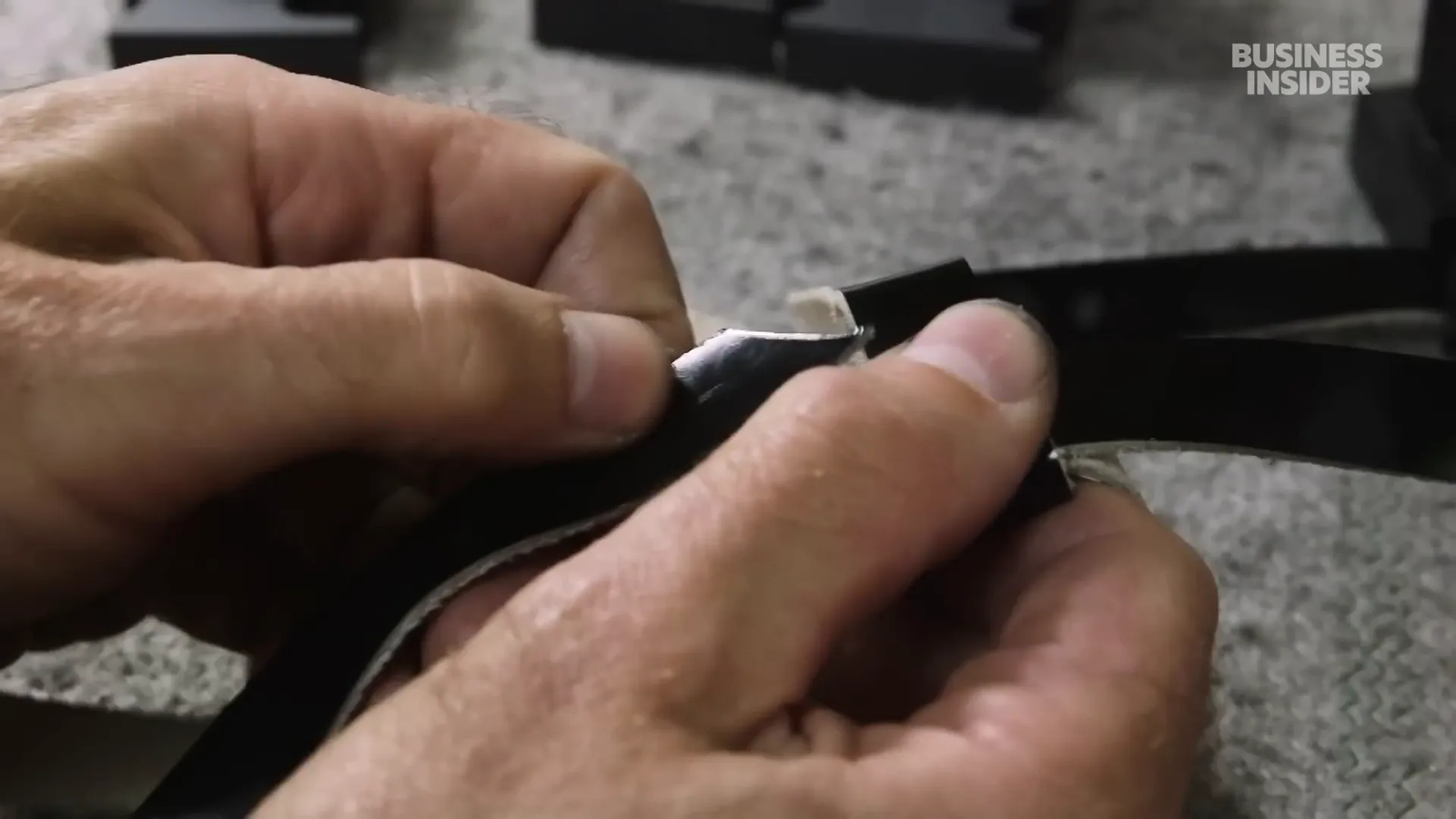Tefillin, also known as phylacteries, are small black boxes containing sacred scrolls. They serve as a powerful reminder of the Jewish faith and the connection between the believer and God.
Traditionally, one box is worn on the arm, symbolizing the binding of the heart to God, while the other is placed on the forehead, representing the intellect’s commitment to faith.
The Ancient Craft of Parchment Making
The scrolls contained within tefillin are crafted from parchment, an art form that has remained largely unchanged for thousands of years.
Parchment is made from the skin of kosher animals, with the fur meticulously scraped away and the hide stretched to dry. This process ensures that each piece of parchment is unique, varying in thickness and texture.

The Importance of Precision: Why Scribes Can’t Make Mistakes
Scribes, known as soferim, bear the significant responsibility of writing the sacred texts. The writing process requires unwavering focus and precision, as even a single mistake can render the scroll invalid.
This meticulous nature of their work often means that it takes days to produce a single scroll for tefillin, with some scribes spending up to a year to complete an entire Torah scroll.

The Laborious Process of Shaping Leather Boxes
The leather boxes that house the scrolls are crafted with equal care. Each box is shaped from a single strip of leather, following strict religious guidelines that dictate every step of the process.
The shaping can take up to a year, and artisans must ensure that the leather does not get punctured at any stage.

The Origins of Tefillin: Where It All Began
The earliest evidence of tefillin dates back to the Dead Sea Scrolls from the 3rd century BC. However, the traditions surrounding their use are believed to originate from teachings passed down from Moses at Mount Sinai.
Over the centuries, the practice faced periods of decline, especially during times of persecution when wearing tefillin was often done in secret.

How Conflict Sparked a Tefillin Renaissance
Recent conflicts have reignited interest in tefillin, leading to a surge in demand. Many Jewish individuals, including soldiers heading into battle, seek out tefillin as a source of spiritual protection.
This revival is reminiscent of the past, particularly during the Six-Day War in 1967, when the practice gained renewed significance among Jewish communities worldwide.

Inside Rabbi Kaplan’s Workshop in Safed
Rabbi Hyim Kaplan’s workshop in Safed is a hub of activity and spirituality. Here, scribes meticulously create tefillin, maintaining traditions that have persisted for millennia.
The atmosphere is filled with a sense of reverence, as each scribe understands the weight of their responsibility.

The process begins with parchment, made from kosher animal hides, which are first sanded and treated with chalk.
This preparation is crucial, as it sets the stage for the delicate writing that follows. The scribes work in silence, their focus unwavering as they inscribe the sacred texts.

Every detail matters. The ink, traditionally made from soot, is carefully mixed to ensure the right consistency.
The scribes utilize various tools, from feather quills to modern ceramic pens, each chosen for its ability to produce precise, clean lines.

Impact of Recent Events on Tefillin Demand
Since the recent escalation of conflict in the region, the demand for tefillin has surged significantly.
Many individuals, particularly those less observant in the past, are now seeking these sacred objects as symbols of faith and protection.
This phenomenon echoes historical patterns, where periods of strife often lead to a resurgence in religious observance.
The urgency felt by many Jewish individuals, especially soldiers preparing for conflict, drives them to embrace this tradition.

The Role of Rabbis in Reviving Tefillin Practices
Rabbis play a pivotal role in nurturing interest in tefillin. Many have increased outreach efforts, encouraging individuals to engage with their faith through this practice.
This revival is not just about the physical act of wearing tefillin; it symbolizes a deeper reconnection to Jewish heritage.

Rabbi Abraham Rapaport, a prominent figure in this movement, utilizes social media platforms to spread awareness and encourage participation. His efforts highlight a modern approach to rekindling spiritual practices among younger generations.

Challenges Faced by Scribes Amidst Growing Demand
While the demand for tefillin increases, scribes face significant challenges. Many have been called for military service, disrupting their ability to fulfill orders. The emotional toll of recent events has also made it difficult for some scribes to concentrate on their work.

Rabbi Kaplan notes that the backlog of orders continues to grow, as scribes strive to meet the rising needs of the community. Each pair of tefillin requires careful craftsmanship, and the pressure to produce them quickly can lead to mistakes.

The Spiritual Significance of Tefillin in Jewish Life
The spiritual significance of tefillin extends beyond their physical form. They serve as a daily reminder of faith, binding the wearer to God through prayer and intention. The act of putting on tefillin is considered a profound ritual, connecting the mind, heart, and actions.

Each component of the tefillin carries deep meaning. The passages contained within them encapsulate core Jewish beliefs, reminding the faithful of their heritage and responsibilities. This connection becomes especially poignant during challenging times, as individuals seek solace in their traditions.

Conclusion: The Enduring Legacy of Tefillin
Tefillin represent more than just a religious obligation; they embody the resilience of the Jewish spirit. As communities face challenges, the practice of wearing tefillin becomes a powerful statement of faith and unity.

The enduring legacy of tefillin is a testament to the strength of tradition. In the face of adversity, the Jewish community continues to find meaning and connection through this sacred practice, ensuring that it remains a vital part of their spiritual identity.








